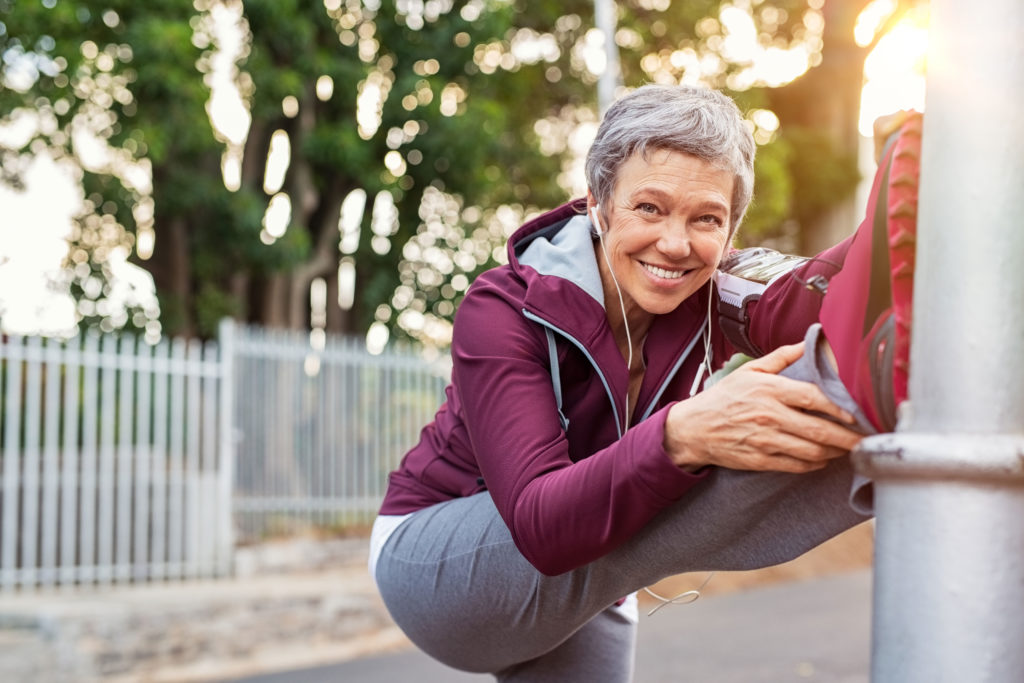Squatting Tweaks for Older Humans
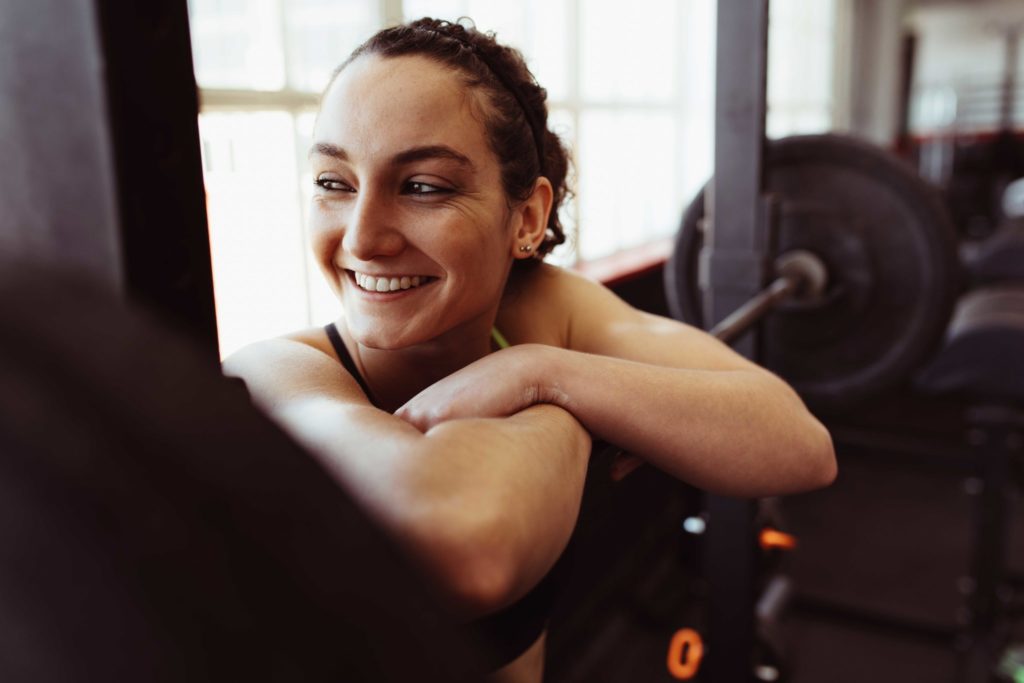
The inconvenient truth about lifting weights.
It’s a regrettable fact that if you train hard, sooner or later you are likely to get injured. This is particularly true if you are over 45 years old. Now that I’m older, not only do I get hurt more frequently, but I also find that it takes much longer for my injuries to heal. Furthermore, if you don’t manage your injuries correctly, they will completely derail your training program in the short term, and they are likely to become a chronic problem in the long-term.
Resilient people adapt to adversity and keep moving forward despite setbacks. This includes training setbacks. To help keep you moving forward in your training, in this article and the accompanying video I outline some of the strategies that have kept me squatting despite injury. Hopefully, some of these techniques can also keep you squatting pain-free.
The Golden Rules of Training.
I have two golden rules that minimise the risk of injury in all my training.
1. If it hurts, I don’t do it.
2. I get diagnosed by a medical professional if I get injured.
The first rule seems obvious, yet many people (myself included) feel the urge to train through their injuries. Don’t do it! The best-case scenario is that you delay your recovery. However, if you do decide to train through your injury, you are far more likely make the injury much worse and turn it into a chronic condition. I know this because I’ve done it.
The second rule, while also obvious, is especially important for those people who don’t have a lot of training experience. Injuries of the knee, back, and abdominal wall can be serious. Was that a minor tweak of your back or did you just rupture a disk? Get a formal diagnosis from a medical professional.
Training around injury.
To re-iterate: if you get injured, you should stop training the injured body-part, and go see a doctor. Hopefully, with just a few short weeks of rest you will be completely recovered. Problem solved.
Sadly, this is not always the case. I suffer from jumper’s knee (patellar tendonitis) and I tore the meniscus in my right knee in a kayaking accident. I also have some lingering lower back problems from the labouring work I did in my younger days. These are now chronic injuries that, once irritated, lead to significant pain. Furthermore, I am getting old, which means that I’ve accumulated a non-trivial amount of wear and tear on my joints. These factors work together to make regular squatting a painful experience indeed.
Now, I could stop squatting and find other exercises, but the reality is, I don’t want to.
Moreover, squatting is a fundamental movement pattern, and I’ve found that nothing strengthens my legs better than squats. To my mind these are good reasons to keep squatting. Therefore, I’ve developed a series of tweaks that allow me to squat twice a week without pain.
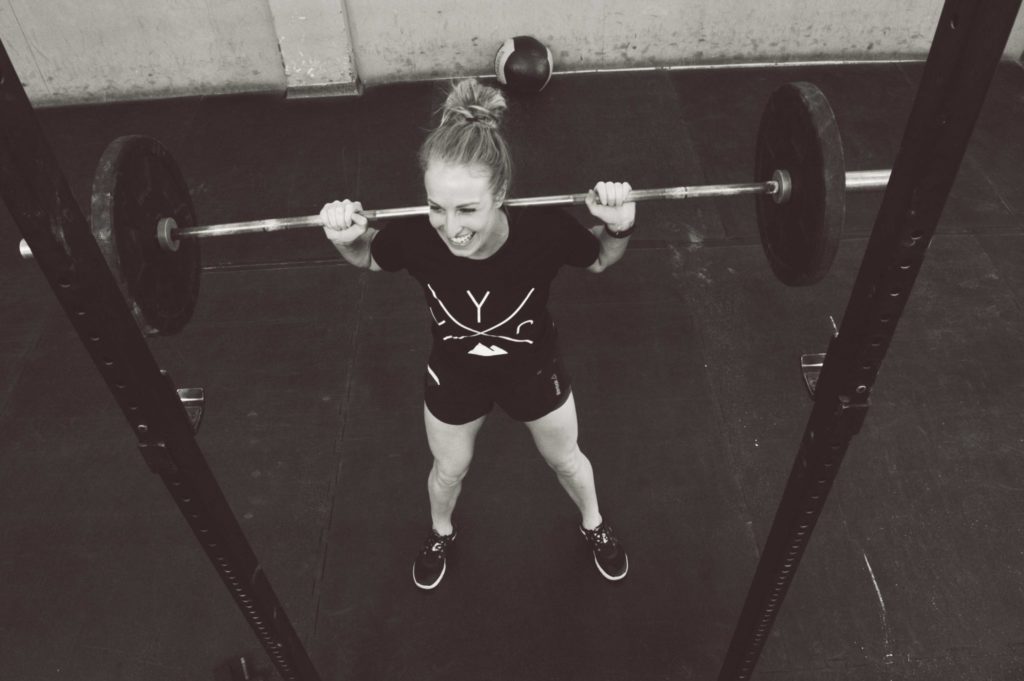
Squatting tweaks for the old and/or injured.
Tweak One: Technique.
I’m not qualified to coach other people in the art of squatting technique, so I’m not going to. The good news is that there are plenty of quality coaches online and yes, even in the real world! So, do yourself a favour and find yourself a good coach.
That said, some of the basics to sound squatting technique are bracing, maintaining a neutral spine, making sure that your knees track correctly throughout your squat, and controlling the weight throughout the lift.
The bottom line is that good lifting technique is essential for training longevity, so make it a priority.
Tweak Two: Pick a squatting style that doesn’t hurt.
There are many types of squats to choose from, such as front squats, low-bar back squats, high-bar back squats, goblet squats and so on. There’s also a variety of foot positions to try while squatting, ranging from narrow stance to super-wide. Experiment with different squatting styles and foot positions and pick the ones that don’t hurt.
For me, front squats and low-bar back squats are now off limits. Personally, I’ve found that positioning the bar between my traps and rear delts, and squatting with a narrow stance, is what works for me. You will need to experiment to find out what squatting style and foot position works best for you.
Tweak Three: Constrain your range of motion.
Many people are obsessed about achieving the holy grail of squatting: achieving a heavy ‘ass-to-grass’ squat. This may explain why there are a million-and-one articles and YouTube videos about how to cope with the dreaded ‘butt-wink’, which is the rounding of the lower back that occurs for many people at the bottom of the squat, especially when they insist on squatting ‘ass-to-grass’.
If, on the other hand, you are interested in squatting injury and pain free, then the simple cure to butt-wink is to forget about squatting to maximum depth. Instead, squat in a power/squat rack and set the safety bar such that it is physically impossible for you to assume a compromised squat position. Obviously, you first need to work out where you lose position in the squat. For me, this is just below parallel, which co-incidentally is where powerlifting federations set their legal competition squatting depth.
Then, simply set the safety bar and never worry about butt-wink again.
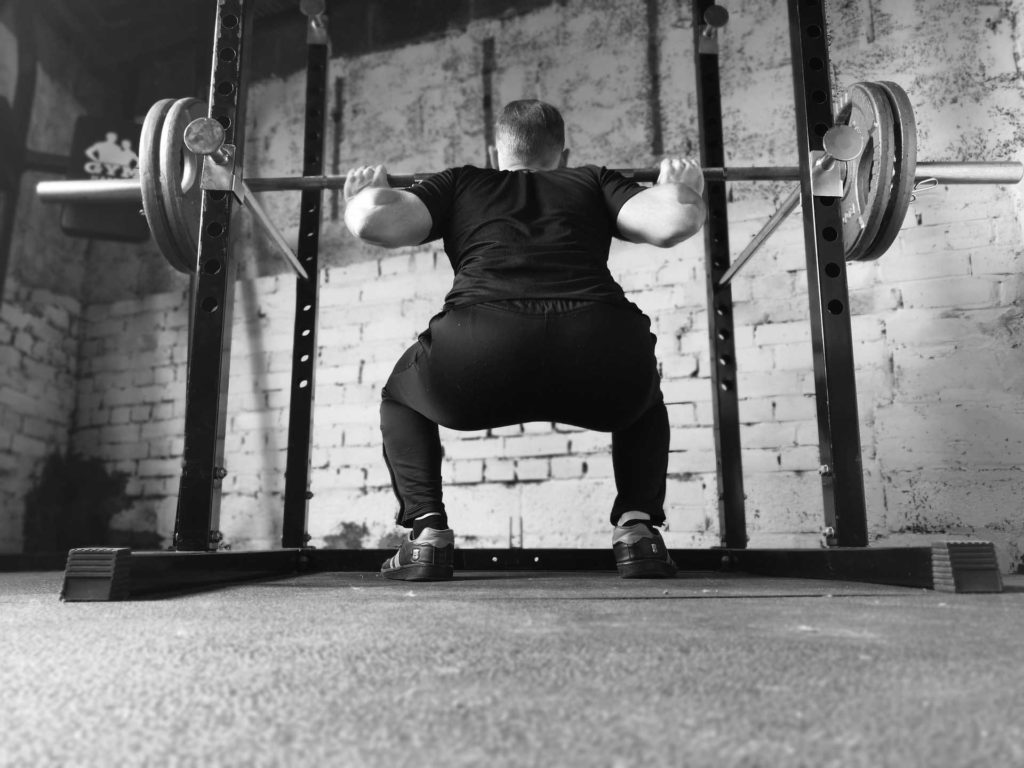
Tweak Four: Sub-maximal training.
I used to believe that training to the max was essential. However, that was before I discovered the joy of sub-maximal training. In a nutshell, sub-maximal training simply means keeping both your weights and your repetitions below your maximum. Specifically, I keep my weights between 70% – 85% of my one rep max, and I stop each set at two repetitions short of failure. These days I rarely, if ever, grind out reps.
This approach has three advantages. First, because you aren’t lifting in a fatigued state, your technique is sound and your joints are happy. Second, the training is tiring but not exhausting, which means you have energy for other activities such as family, friends, and career. Finally – and most importantly – you rarely get injured when training sub-maximally.
You still add weight to the bar as you get stronger, and you still use different rep ranges in your training program. However, in sub-maximal training, there is less emphasis on the amount of weight lifted, and more emphasis on maintaining bar speed. Basically, you want each and every repetition to feel explosive and athletic.
Tweak Five: De-load and rest.
Chronic injuries usually have an underlying inflammatory component. When you exercise, you irritate the site of injury and trigger an inflammatory cascade that causes chronic pain and discomfort. If you want this to stop, you must break the cycle of inflammation. You could try ice and ibuprofen, but in my experience the strategic use of rest is the most effective approach to control inflammation.
This is because you heal from micro-trauma, adapt to training, and most importantly reduce inflammation when you rest. Just remember that everyone is different with respect to their energy level and recovery ability. For example, my current training schedule is day one, heavy lifting; day two, hard conditioning; day three, rest consisting of light exercise and mobility work. This works for me, but you will need to find the rest schedule that works for you.
Also, you should consider inserting a regular de-load week into your training cycle. This usually means including a lighter training week every three-to six weeks. Perhaps the easiest way to program your de-load is to make the last week of every month a de-load week. During your de-load, you simply cut back your training volume and intensity across the board and focus on nutrition, sleep, and having fun.
Tweak Six: Paused Squats.
Paused squats are a version of squatting where you deliberately pause for three-to-five seconds at the bottom of the squat. So, what’s so great about paused squats?
For starters, most people are weakest at the bottom of the squat; aka ‘the hole’. The hole is also where you are most vulnerable to injury. Paused squats make you super-strong in the hole, which greatly reduces your injury risk when squatting. Also, because paused squats are considerably harder than regular squats, you must use a lighter weight. This reduces the strain on your joints.
Perhaps most importantly, by focusing your attention on the pause, paused squats force you to maintain excellent technique during both the descent and ascent of the squat. This means that you have good technique throughout the entire movement, which protects your knees and back.
Paused squats are a godsend to those of us with dodgy knees. After my kayaking accident, paused squats were an integral movement for my knee rehabilitation.
Tweak Seven: Squatting with bands.
I first read about using bands from the writings of Louie Simmons, founder of Westside Barbell. He was using bands to train his athletes to lift explosively. The idea is simple. In a normal squat you decelerate at the top. However, adding bands forces you to accelerate throughout the lift to compensate for the increased band tension at the top of the squat. This trains you to lift explosively, which is certainly an advantage for athletes. However, I’ve found that lifting with bands protects my knees from injury. For me, this is by far the most compelling reason to use bands while squatting.
Why do bands protect your joints? First, because the band tension is peaks at the top of the squat, your technique must be perfect throughout the entire set. Under band tension you quickly learn to un-rack the weight with intent, and only take the minimal two-steps backward to achieve your set-up position. Bands also teach you to brace correctly and maintain the correct bar path throughout your squat.
And perhaps most importantly, because the tension is highest at the top, you start out tight and your supporting musculature remains fully activated throughout the set. For me, this means that my quads are fully activated during the descent, which keeps my kneecaps tracking correctly and prevents the onset of the dreaded jumper’s knee.
These days I only squat with bands. As a result, I no longer suffer from jumper’s knee, which makes me very happy. That said, if you have back problems, band squats may not be a good idea. Because bands increase spinal compression, performing band squats risks exacerbating any disc issues that you have. Thus, if you do decide to try banded squats, I highly recommend that you start light!
Tweak Eight: Eliminate spinal compression.
My squatting tweaks are primarily focused on reducing knee pain. However, I realise that many people also suffer from back issues. Because there is no getting around the fact that putting a bar on your back compresses the spine, barbell squats may be a no-go if you suffer from chronic back issues.
One potential solution is to utilise squat variations that don’t compress your spine. Some variations that I am familiar with are goblet squats, single-legged squats, belt squats, and body weight squats. I’ll be doing a follow-up article with accompanying video on these variations. For now, just remember that for all of these variations you can utilise a pause at the bottom to make the movement harder while simultaneously protecting your knees.
To squat or not to squat?
The take home message is that as your body ages, you will need to adapt your training to compensate. To help you in this endeavor, I’ve outlined the training approach that has gotten me back to squatting regularly without pain.
However, if you have joint issues that make squatting painful, these approaches may not work for you. In this case, simply ditch the squat and find alternative exercises that you can safely perform pain-free.
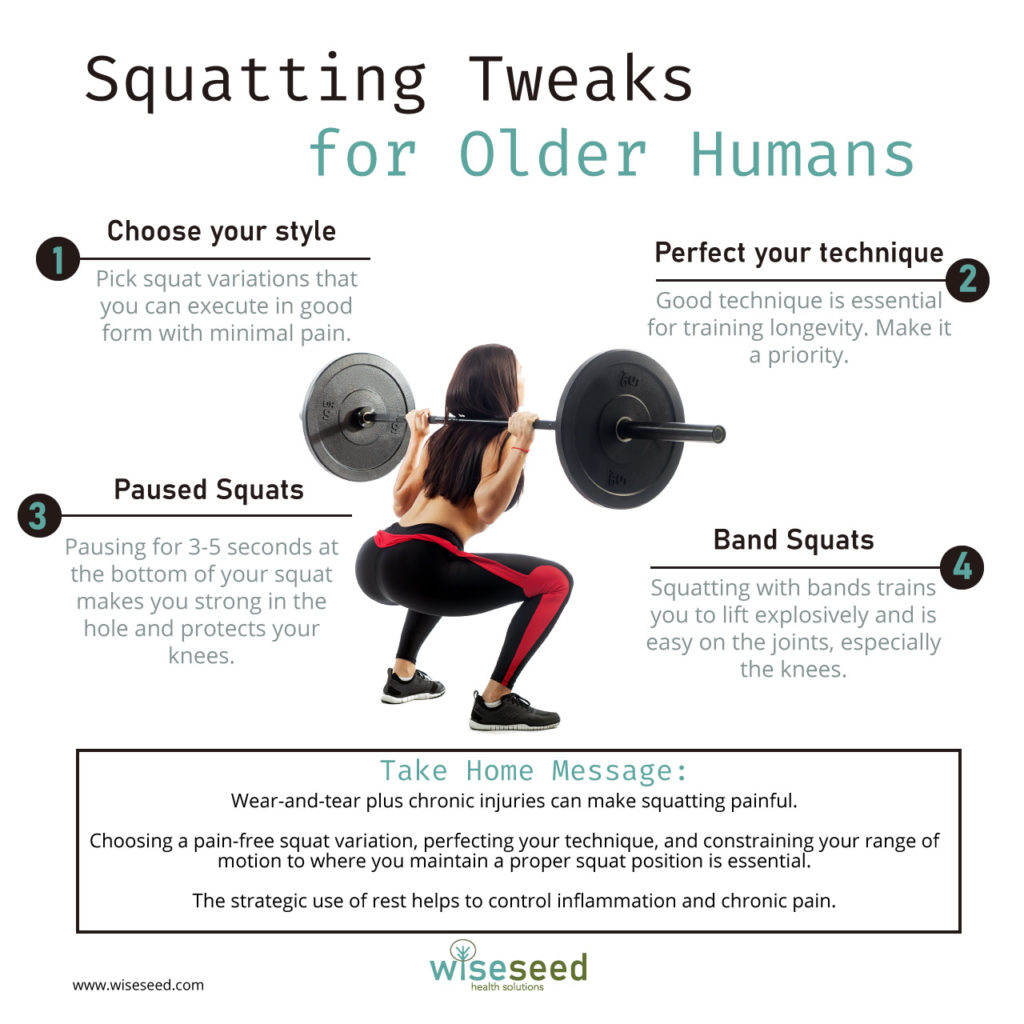
Disclaimer
The material displayed on this website is provided without any guarantees, conditions or warranties as to its accuracy.
Information written and expressed on this website is for education purposes and interest only. It is not intended to replace advice from your medical or healthcare professional.
You are encouraged to make your own health care choices based on your own research and in conjunction with your qualified practitioner.
The information provided on this website is not intended to provide a diagnosis, treatment or cure for any diseases. You should seek medical attention before undertaking any diet, exercise, other health program or other procedure described on this website. To the fullest extent permitted by law we hereby expressly exclude all warranties and other terms which might otherwise be implied by statute, common law or the law of equity and must not be liable for any damages whatsoever, including but without limitation to any direct, indirect, special, consequential, punitive or incidental damages, or damages for loss of use, profits, data or other intangibles, damage to goodwill or reputation, injury or death, or the cost of procurement of substitute goods and services, arising out of or related to the use, inability to use, performance or failures of this website or any linked sites and any materials or information posted on those sites, irrespective of whether such damages were foreseeable or arise in contract, tort, equity, restitution, by statute, at common law or otherwise.

Ten Minutes is All You Need
Research has shown that ten minutes of moderate-to-vigorous exercise performed each day is enough to significantly reduce your risk of early death.

How to Find Significance in Life: Thriving in Solitude Part Three
Meaning in life research provides several behaviors and beliefs that can help you find significance in life.



